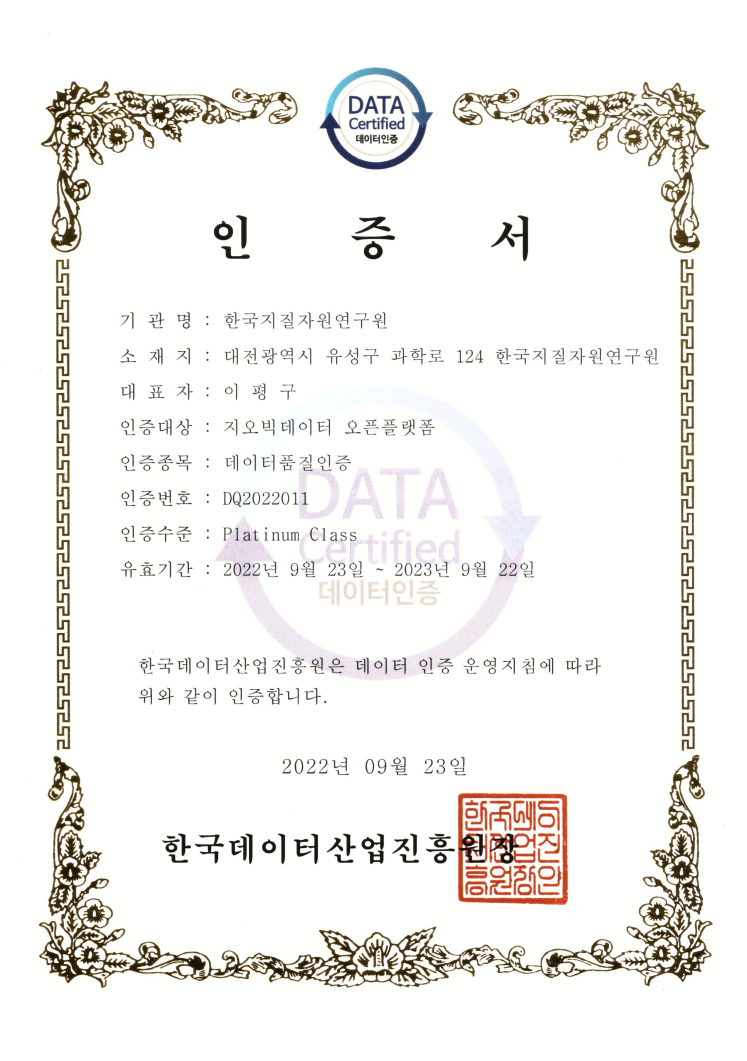경주 오도리 부채꼴 주상절리의 독특한 용암 지형
데이터 품질 인증서

| 자료유형 | KIGAM 보고서 |
|---|---|
| 제목 | Human Factor를 이용한 재해예방기술 연구 |
| 저자 | 김복윤 |
| 언어 | KOR |
| 청구기호 | KR-98-C-46-1998-R |
| 발행사항 | 韓國資源硏究所, 1998 |
| 초록 | Mining, by its very nature, requires workers and technology to function in an unpredictable environment that can not easily be engineered to accommodate human factors. Miners' physical and cognitive capabilities are sometimes stretched to the point that "human error" in performance result. Mine safety researchers estimate that 50-85% of all mining injuries are due, in large part, to human error. Further research suggests that the primary causes of these errors in performance lie outside the individual and can be minimized by improvements in equipment design, work environments, work procedures and training. The human factors research is providing the science needed to determine which aspects of the mining environment can be made more worker-friendly and how miners can work more safely in environments that can not be improved. Underground mines have long been recognized as an innately hazardous and physically demanding work environment. Recently, mining is becoming a more complicated process as more sophisticated technologies are introduced. The more complicated or difficult the tasks to be performed, the more critical it is to have a systematic understanding of the humans, the technology, the environments, and how they interact. Human factors is a key component in solving most of today's mine safety and health problems. Human factors research primarily centered around solving problems in the following four areas: - How mining methods and equipment affect safety. - Evaluating the fit between miner's physical capabilities and the demands of their job. - Improving miner's ability to perceive and react to hazards. - Understanding how organizational and managerial variables influence safety. Human factor research was begun during the World war II. National Coal Board (British Coal) of Great Britain commenced ergonomics in 1969, and Bureau of Mine of United States started human factor researches in same year. Japan has very short history of human factor research. National Institute of Resources and Environment started the human factor research in 1992. In korea, it is the first try to study human factor research program for preventing mine disasters. In this first year of the program, the general survey and evaluation of previous research references of UK and U.S.A., and statistical analysis of mine accidents has been carried out |
| 페이지 | x, 180 p. |
| 키워드 | HUMAN, FACTOR, 재해예방, 재해, 광산재해, 인간과실 |
| 원문 |
http://library.kigam.re.kr/report/1998/HUMANFACTOR를이용한재해예방기술연구.pdf |
댓글